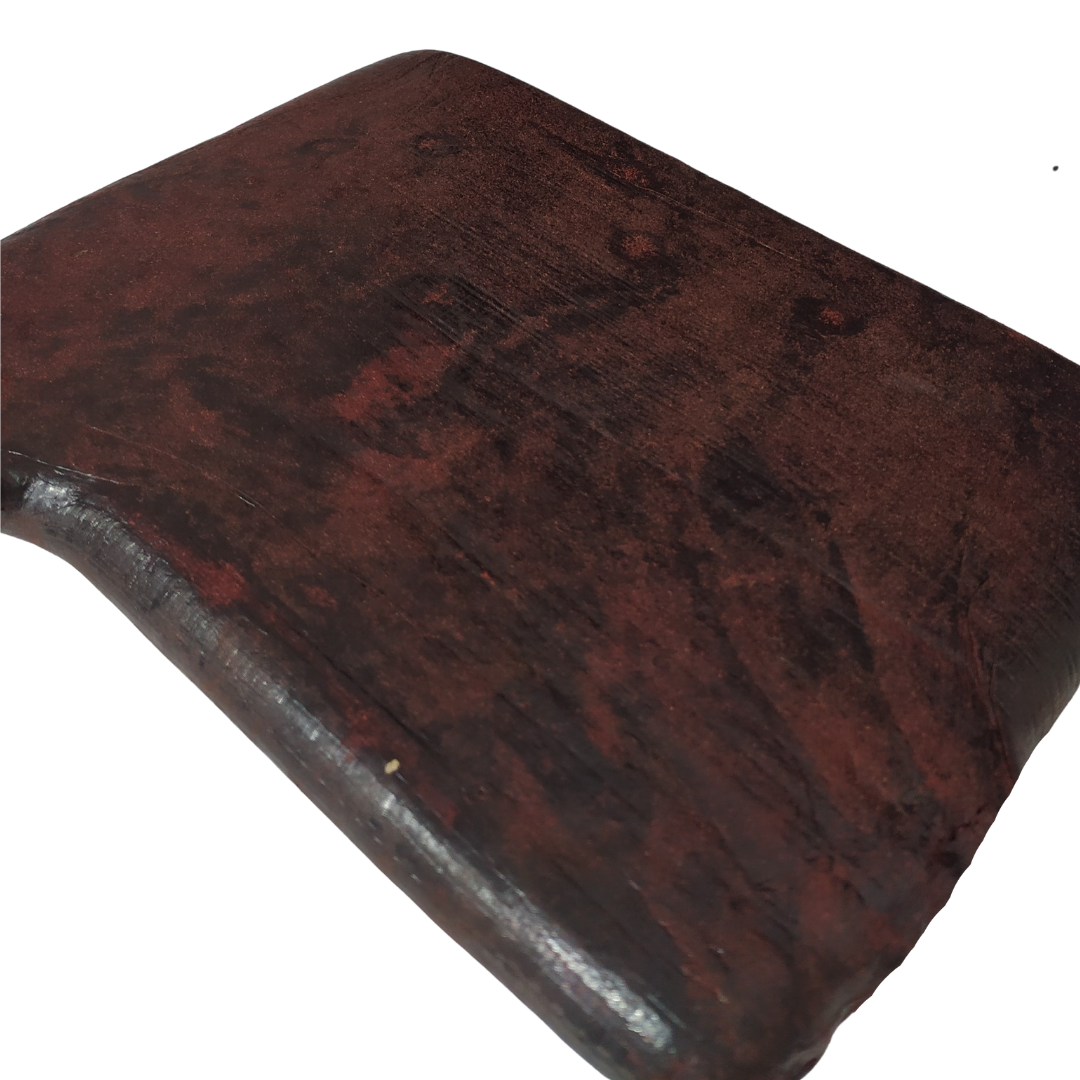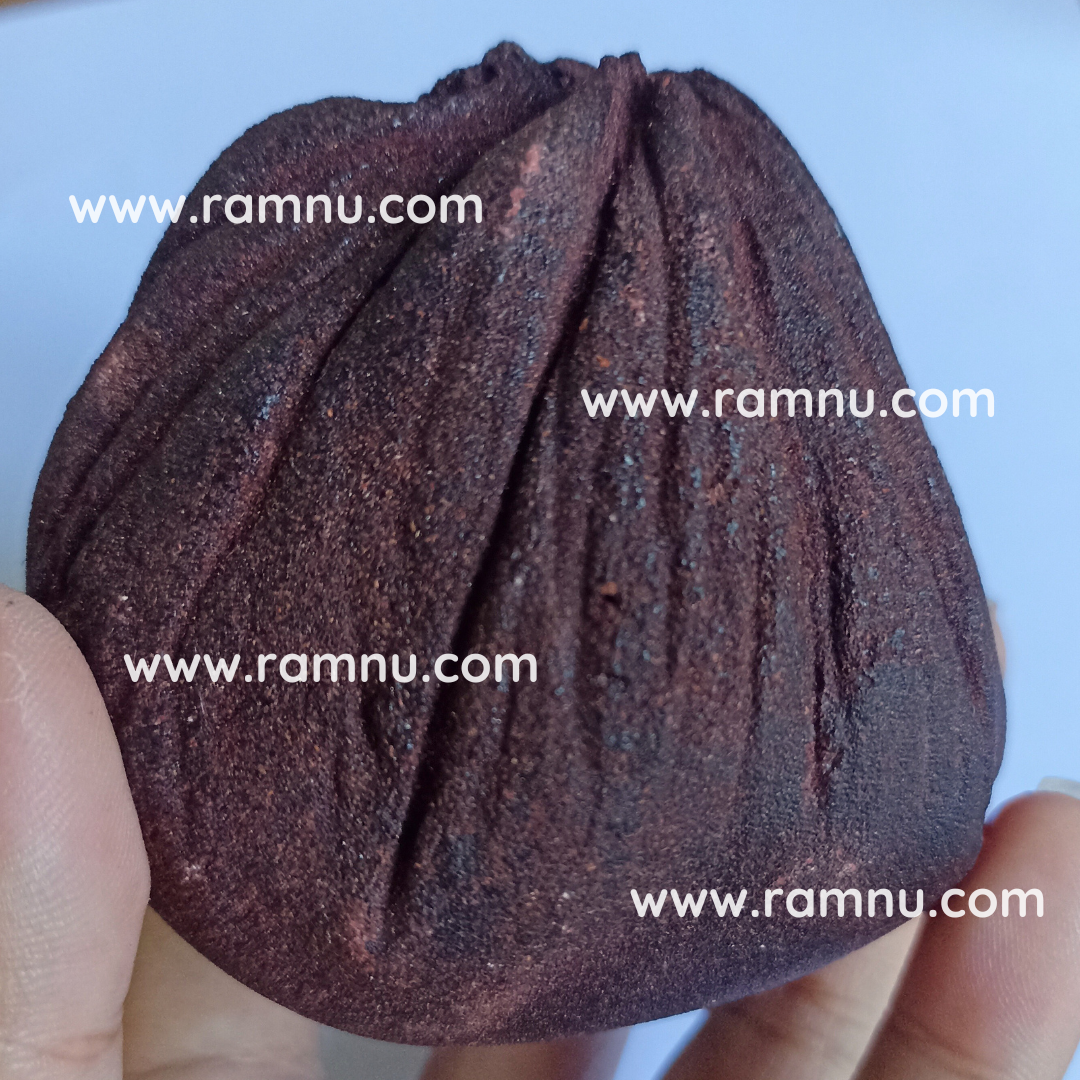Dragon Blood Resin

Dragon Blood: Resin origin Indonesia
Dragon’s blood plant is a type of resin produced from several species of rattan from the genus Daemonorops. This red resin has long been traded and used as a dye, incense, and traditional medicinal ingredients. This plant can be found in Indonesia, especially on the islands of Sumatra and Kalimantan.
Latin plant name: Daemonoropsdraco Bl.
Another name of Dragon’s Blood Resin are Xue Jie/ 血竭 , Sanguis Draconis
Dragon’s blood resin (Xue Jie) is often classed as a herb for external application, but is also taken internally, usually as a powder. It enters the blood level of the Liver channel to invigorate the blood, disperse stasis, and stop pain, and is used for blood pooling due to internal injuries, contusions from falls, stabbing pain in the chest and abdomen, and gynecological conditions such as amenorrhea or postpartum pain due to blood stasis.
Original Form Dragon Blood
The Qilin vine is a magnificent evergreen. This perennial can sprawl for an impressive 10 to 20 meters. Its stems are covered in a protective sheath and bristling with sharp spines. The leaves are like feathers, with numerous smaller leaflets branching off from a central stalk. These leaflets are long and narrow, with pointed tips and three distinct veins running down their length. Both the leaves and their stalks are armed with sharp spines for defense.
The Qilin produces clusters of pale yellow flowers. Interestingly, these flowers are separate by sex, with male and female flowers appearing on different plants (dioecious). The flowers have six petals arranged in two circles. Male flowers boast six pollen-producing structures (stamens) with long, cone-shaped tips. Female flowers have a single seed-bearing chamber (pistil) shaped like a bottle and six sterile structures that resemble stamens. The fruit is a fleshy drupe, roughly the size of a large walnut and colored a russet brown. It’s covered in yellow scales and secretes a dark red resin that hardens into a blood-like clot when exposed to air. Each fruit contains a single seed.
Pharmacological impacts Dragon Blood
1. Antifungal impact:
Within the trial camp, the water-infused specialist of D. sanguinis (1: 2) had shifting degrees of impacts on different pathogenic organisms such as Trichophyton violaris, Trichophyton gypseum, and Flavophyton xanthophyton. inhibitory impact.
2. Hemostatic impact:
Creature tests have demonstrated that this item can altogether abbreviate the recalcification time of rabbit plasma, in this manner expanding its coagulation impact. Impact on blood rheology: Intramuscular infusion of 0.5ml/kg of dried blood decoction and liquor accelerate (1:1) for 3 weeks can diminish the hematocrit of rabbit blood and abbreviate the electrophoresis time of ruddy blood cells and platelets, but it has no impact on the thickness of entirety blood. The proportion and plasma thickness proportion had no noteworthy impact. Impact on platelet conglomeration work: In vitro test, 0.1ml of dried blood decoction and liquor accelerate (1: 1), included to 0.5ml of platelet-rich plasma, has an inhibitory impact on platelet accumulation initiated by ADP.
Chemical composition
The branch lipid secreted by the scales on the surface of the unicorn fruit contains dracorubin, dracorhodin, nordracorubin, nordracorhodin, ( 2S)-5-methoxy-6-methylflavan-7-ol [(2S)-5-methoxyflavan-7-ol], (2S)-5-methoxyflavan-7-ol [( 2S)-5-methoxyflavan-7-ol], 2,4-dihydroxy-5-methyl-6-methoxychalcone, 2,4-dihydroxy-5-methyl-6-methoxychalcone Alkane (dracoflavan) A, dracooxepine, also contains pimaric acid, isopimaric acid, abietic acid, dehydroabietic acid, sandaracopimaric acid.
Source: “Chinese Materia Medica”



